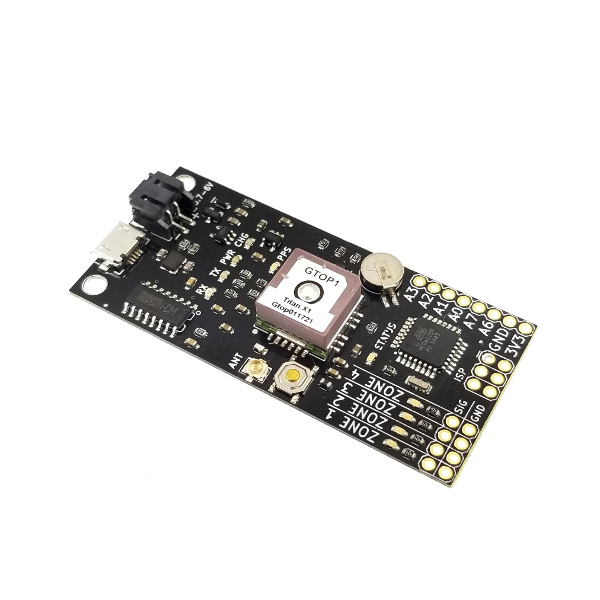Getting Started with the GeoFence
Introduction

Experimental Products: SparkX products are rapidly produced to bring you the most cutting edge technology as it becomes available. These products are tested but come with no guarantees. Live technical support is not available for SparkX products.
The GeoFence is designed to make it easy for you to add geofencing capabilities to your next project! If you're not familiar with the idea of a geofence, no worries, let's go to Google for the definition:
...a virtual geographic boundary, defined by GPS or RFID technology, that enables software to trigger a response when a mobile device enters or leaves a particular area...
Okay, so basically it's a big invisible boundary that's enforced using GPS technology. What's so great about that? Well, some people use them for asset tracking or fleet management. GPS geofences are a great way of making sure that a certain item (or vehicle) is in the right place at the right time. But there are also fun and creative applications for geofencing, such as Mikal Hart's Reverse Geocache™ or our own Robert Cowan's NCWP Scavenger Box.
Since geofencing requires a controller to be constantly checking its own position against a table of locations, it can take up a lot of cycles in your project. To solve this problem, we built this dedicated board.
GeoFence - GPS Boundary Widget
SPX-14416Simply use the software to define your geofence boundaries and the board will output a logic high signal on any of four zone status pins when the corresponding boundaries are breached!
This guide will help you get up and running with the GeoFence board and software so you can define your own GPS boundaries and start using geofences in your future projects!
Required Materials
To follow along with this tutorial, you will need the following items:
- GeoFence - GPS Boundary Widget
- USB micro-B Cable
- Lithium Ion Battery
- PC running Windows 64-bit
